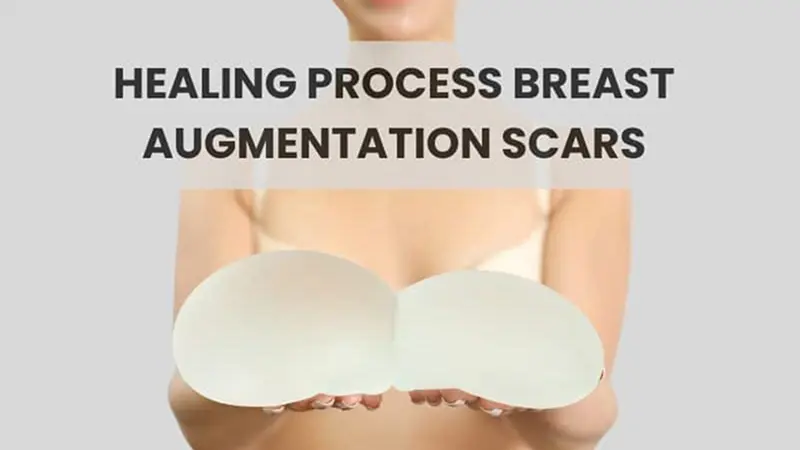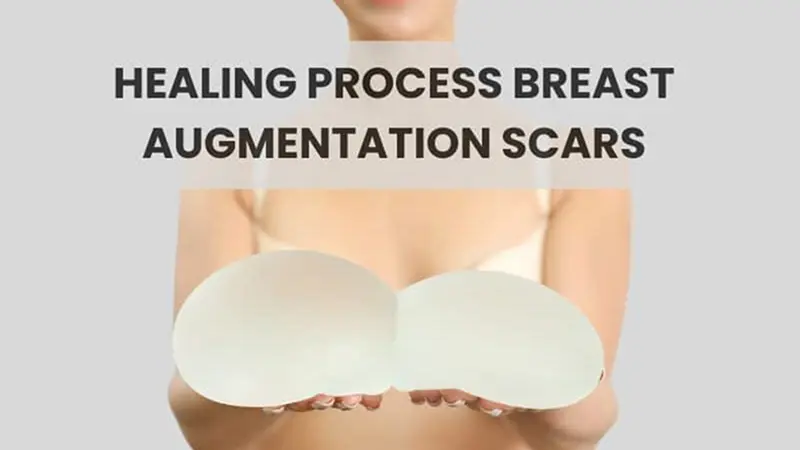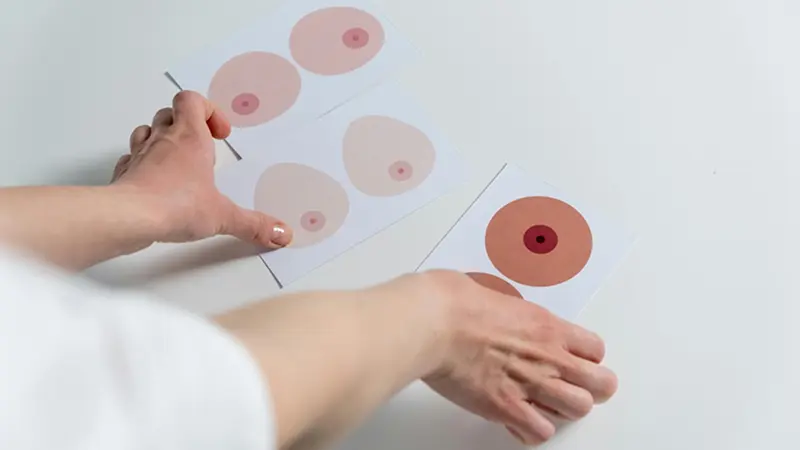Breast Augmentation
Breast augmentation is one of the most popular cosmetic surgeries designed to enhance breast size, improve symmetry, and restore volume.

It is often performed to boost confidence or achieve desired body proportions.
Reasons for Breast Augmentation
- Enhancement of natural breast size.
- Restoration of volume lost after pregnancy, weight loss, or aging.
- Correction of asymmetry where one breast is noticeably smaller than the other.
- Reconstruction purposes after mastectomy or injury.
Types of Breast Augmentation
Implant-Based Augmentation
Implant Types
- Silicone Implants: Filled with silicone gel; provides a natural feel.
- Saline Implants: Filled with sterile salt water; adjustable size and lower rupture risk.
- Gummy Bear Implants: Form-stable, highly cohesive silicone for a firmer look.
Shapes
- Round or teardrop (anatomical) implants.
Placement Options
- Submuscular: Under the chest muscle; gives a natural slope but requires longer recovery.
- Subglandular: Over the muscle and under the breast tissue; shorter recovery but may be more noticeable in thinner patients.
Fat Transfer Augmentation
- Involves removing fat via liposuction from areas like the thighs or abdomen, purifying it, and injecting it into the breasts.
- Produces a natural appearance but offers a limited size increase.
The Procedure
Consultation
- Discuss goals, breast size, implant type, and any concerns with the surgeon.
Surgery Day
- Typically performed under general anesthesia.
- Duration: 1-2 hours.
- Incision Locations:
Inframammary
In the fold under the breast (most common).
Periareolar
Around the areola.
Transaxillary
In the armpit.
- Implants are inserted and positioned, and incisions are closed.


Recovery Timeline
Immediate Post-Op (1-2 weeks)
- Swelling, soreness, and tightness in the chest area are common.
- Wear a surgical bra for support.
- Avoid heavy lifting or strenuous activity.
Weeks 3-6
- Swelling decreases, and bruising subsides.
- Gradual return to normal activities, including light exercise.
Months 3-6
- Final results become visible as implants settle into their natural position.
Risks and Complications

- Capsular contracture (scar tissue around the implant).
- Implant rupture or leakage.
- Changes in nipple or breast sensation.
- Risk of infection or hematoma.
- Potential need for revision surgery over time.
Longevity of Results
- Implants are not lifetime devices; replacements or revisions may be needed after 10-15 years.
- Regular monitoring with your surgeon is recommended.
Experts at HYDERABAD BREAST CLINICS
Our years of rigourous training, decades of patient interaction has given us that fine sense of understanding of the complex interplay of a women’s needs and the nature of tissue healing. These insights empower us to promise realistic results and deliver superior satisfaction.


